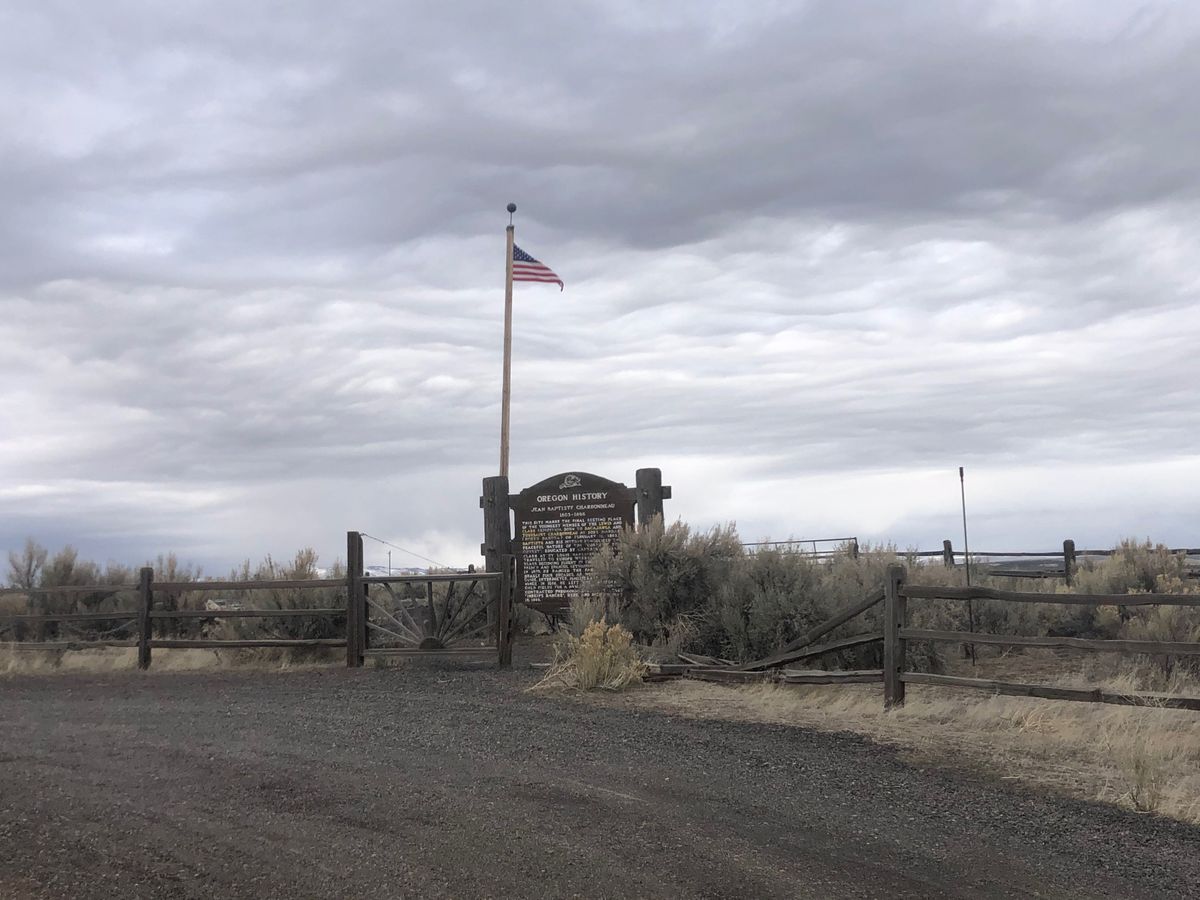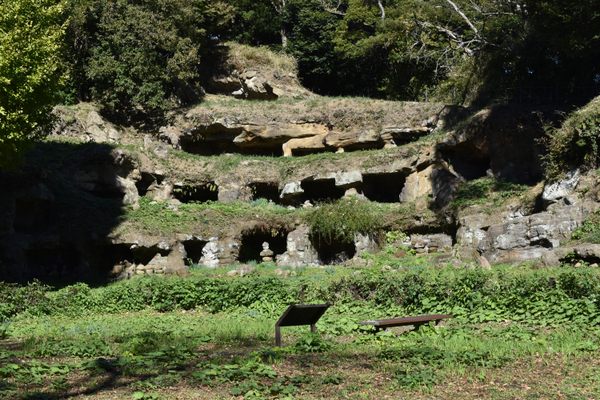About
Near Oregon’s southeastern border with Idaho, miles from anything that could even generously be described as a city, is a small but well-maintained graveyard. It’s a peaceful place, as little disturbs the silence save for the gentle lowing of cows and the occasional fluttering of a magpie’s wings.
It is here that the youngest member of the Lewis and Clark expedition is buried. The sweeping wilderness seems a fitting resting place for the young explorer. Nearly two centuries after his death, he is still bounded only by the vast western sky.
At the beginning of the 19th-century, the famed Corps of Discovery set out to cross the western portion of North America under the leadership of Meriwether Lewis and William Clark. The many accomplishments of the expedition were due in large part to Sacagawea, a Lemhi Shoshone woman who joined the party as a teenager and acted as guide, translator, and cultural ambassador.
On February 11, 1805, while wintering at Fort Mandan in present-day North Dakota, Sacagawea gave birth to her first child. Jean Baptiste Charbonneau, nicknamed “Little Pomp” or “Pompey” by Clark, traveled with the expedition to the Pacific Ocean and back. The presence of such a young child helped assure native peoples of the party’s peaceful intentions.
After the journey, Clark took Charbonneau under his wing and paid for his education. As a young man, Charbonneau traveled overseas, where he resided with members of the German royal family and worked to master German, Spanish, French, and English in addition to the Native American languages he already spoke. Later in life, Charbonneau built a reputation as a skilled trapper, guide, and military man. He went on to serve as a magistrate and mine for gold during the California Gold Rush.
In 1866, Charbonneau fell ill after crossing the Owyhee River near present-day Rome, Oregon. He was taken to Inskip Station in Danner, Oregon (now a ghost town). On May 16, 1866, he passed away and was interred a short distance away.
The gravesite has since been re-dedicated and recognized as a Registered National Historic Place. Today, trinkets and coins adorn the markers in the small cemetery, honoring a man who played a small, but significant role in the foundation of the country.
Related Tags
Know Before You Go
To visit and pay tribute to Little Pomp, travel about 17 miles southwest of the small town of Jordan Valley on U.S. 95. Look for the brown sign designating a stop on the Lewis and Clark Trail. Drive three miles down the gravel road, just past the remains of the Jesse Anderson General Store. The site is marked by signs and an American flag.
Published
April 27, 2021




























